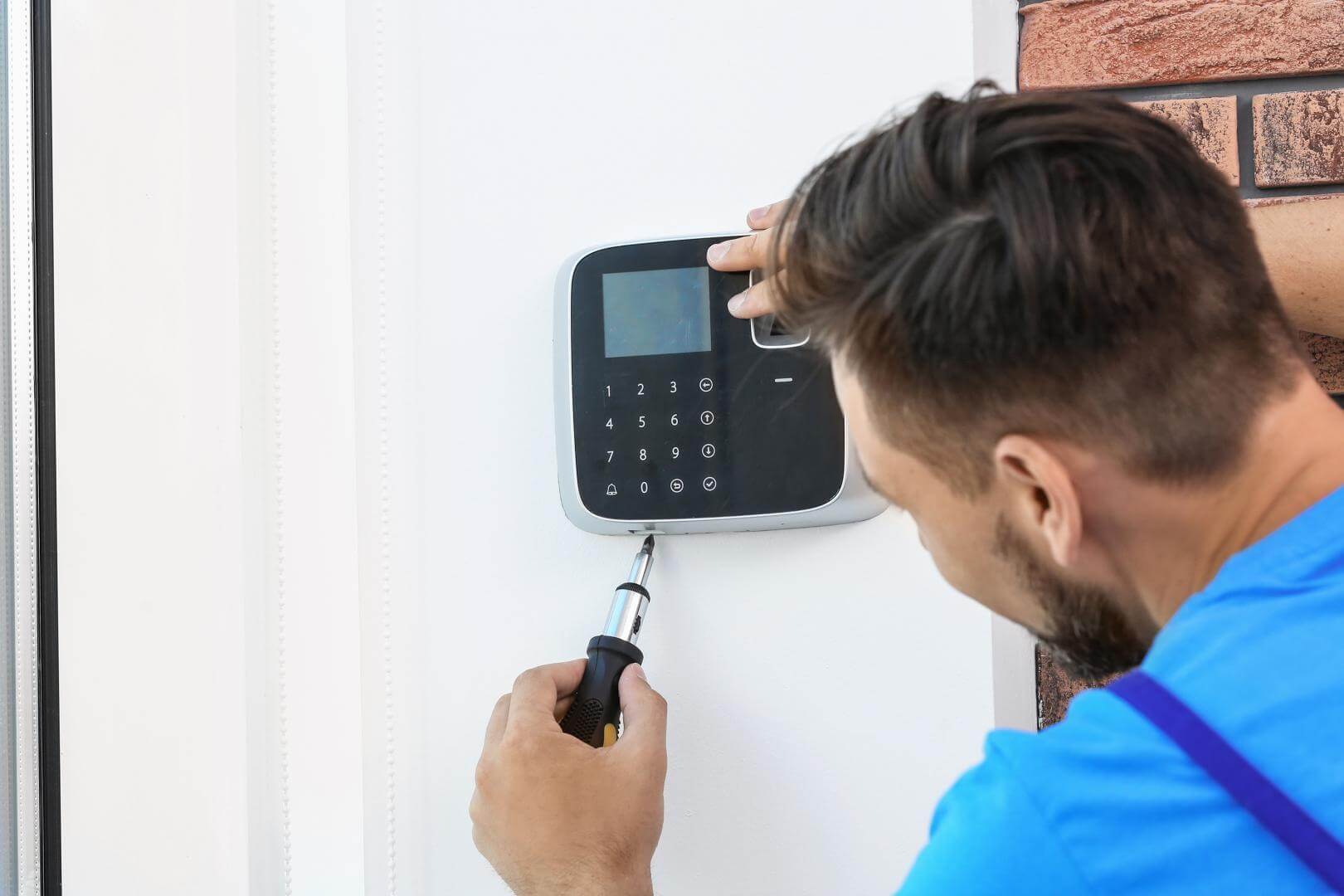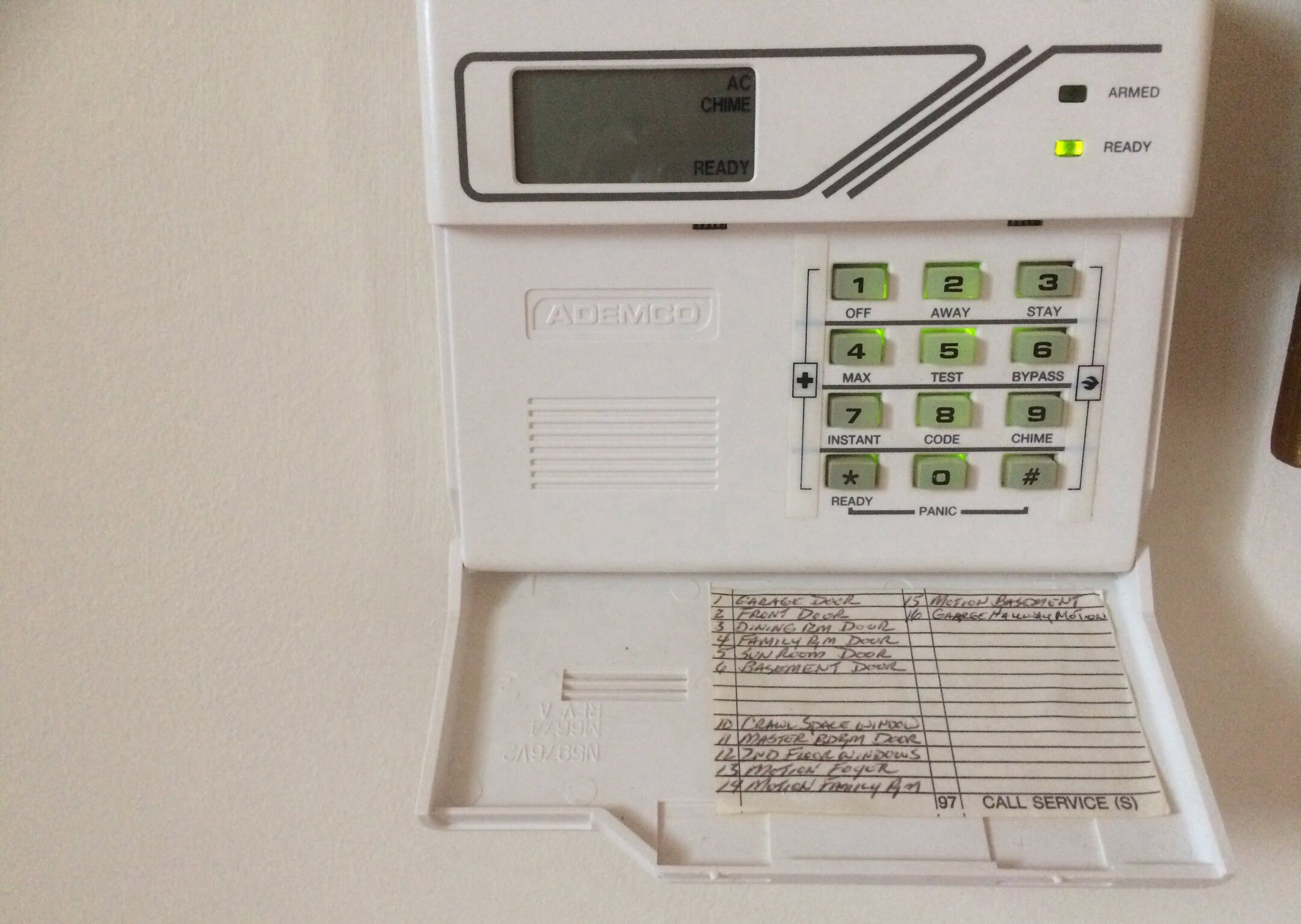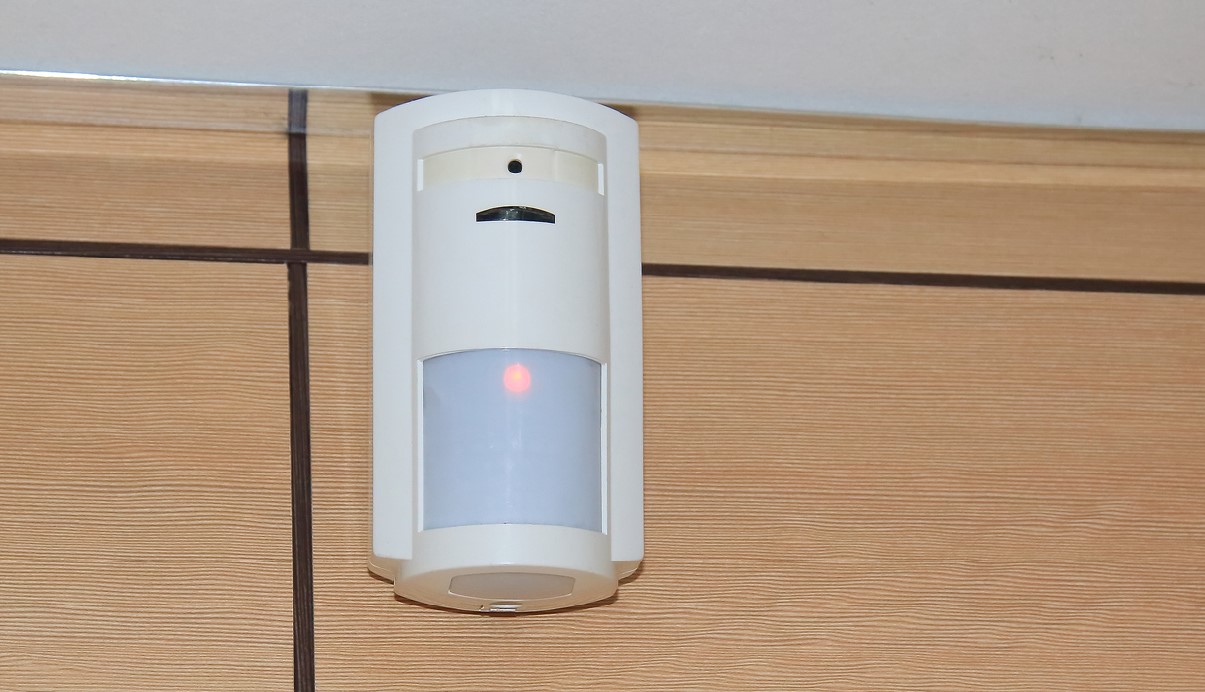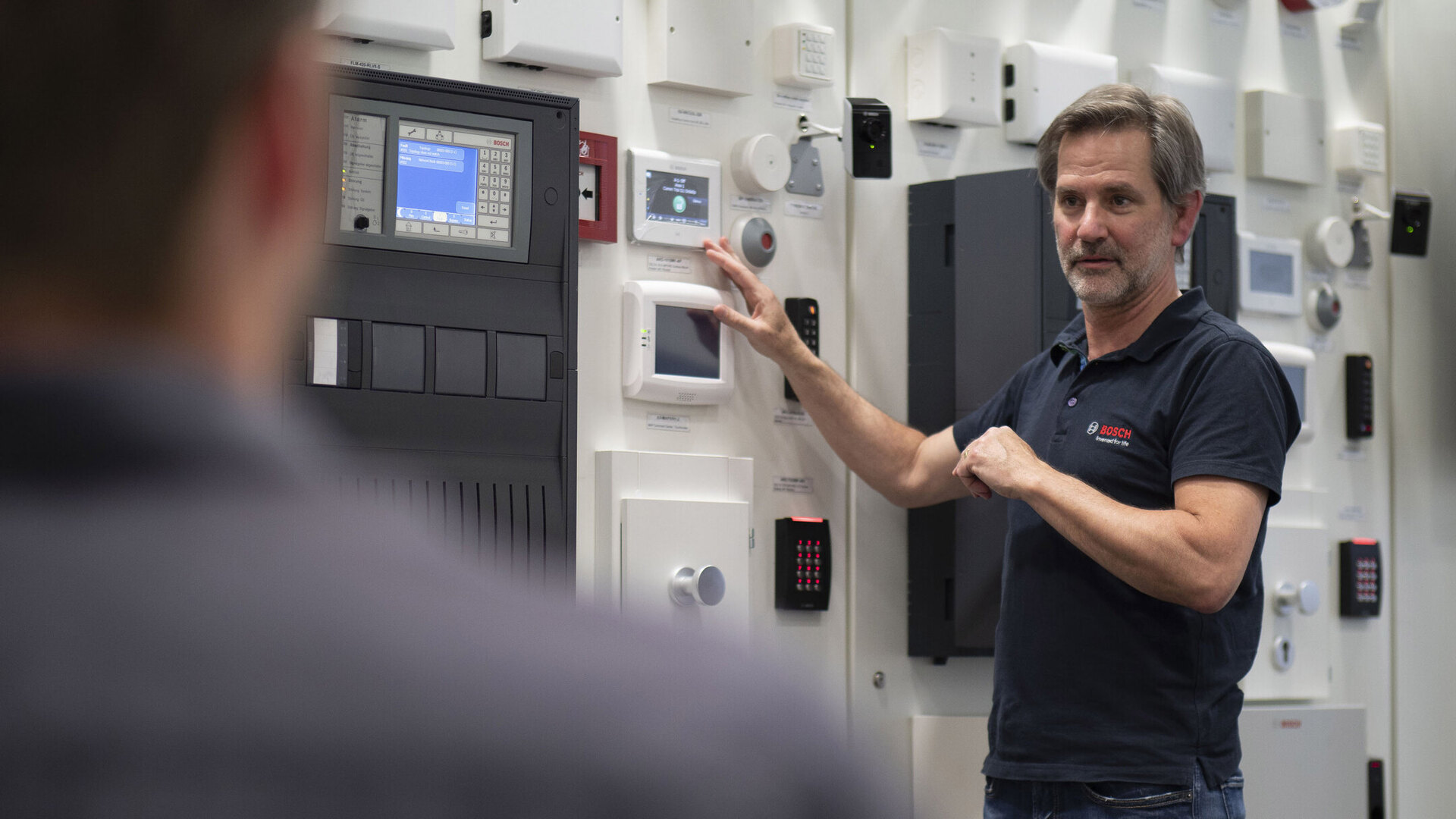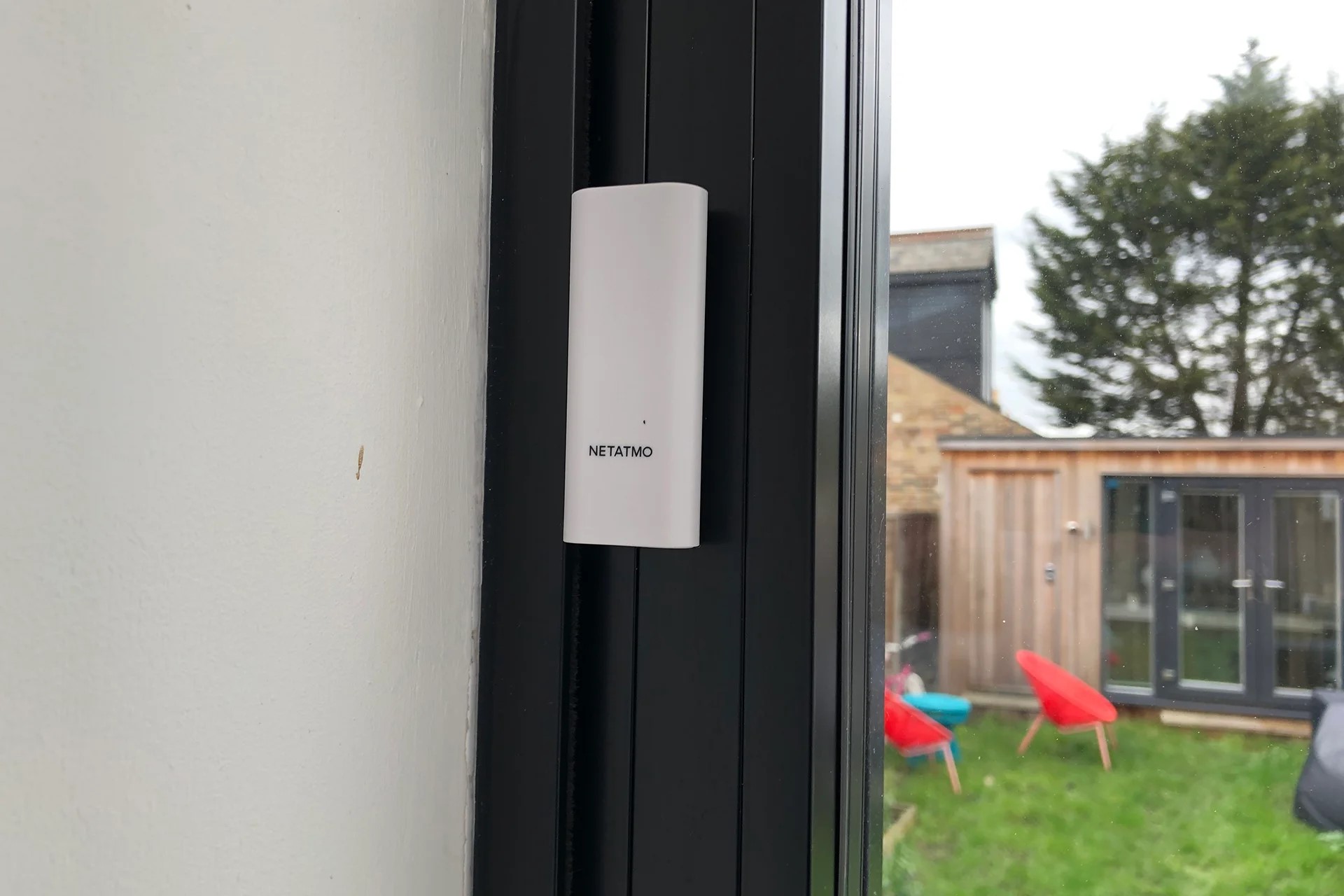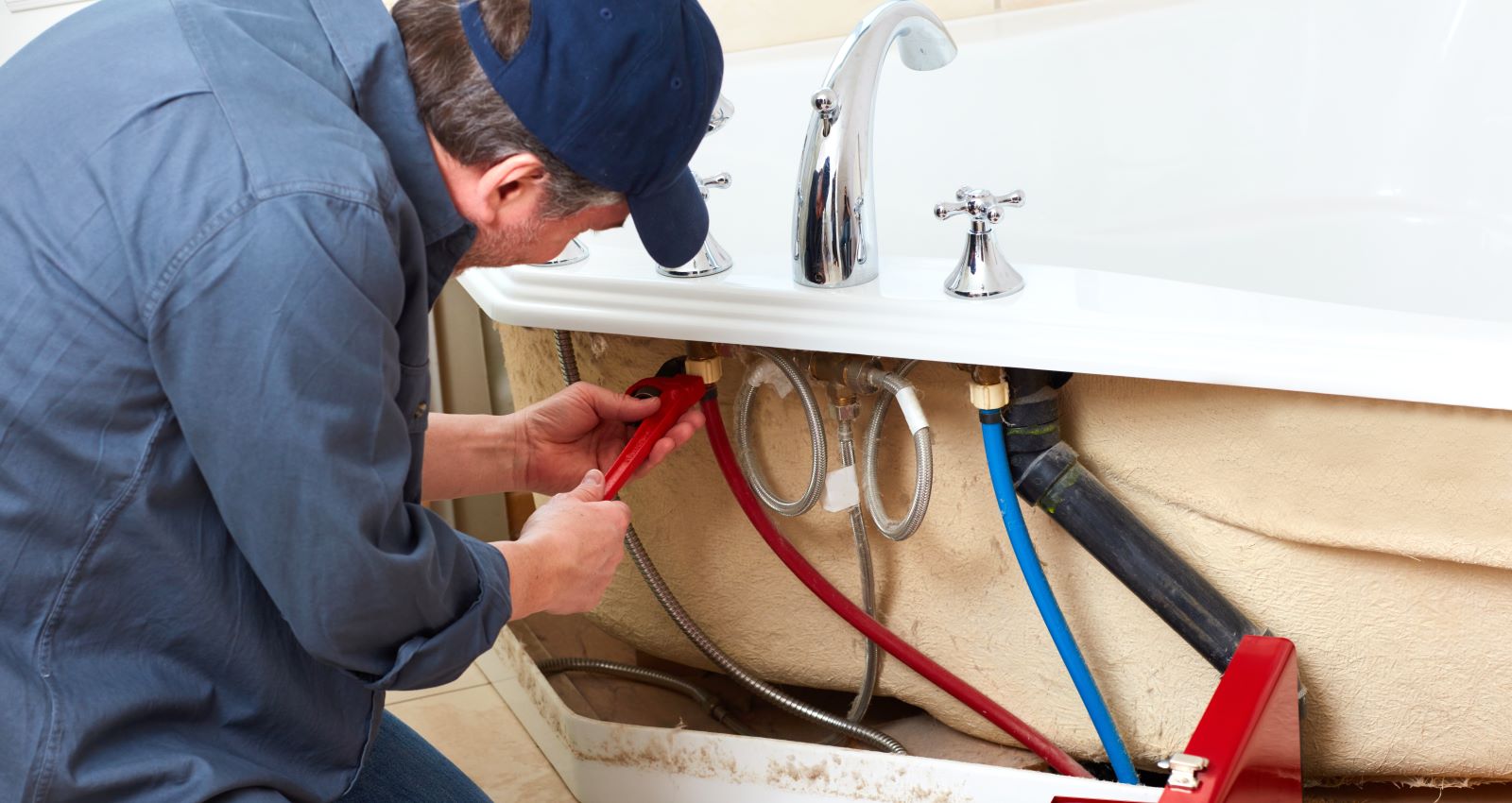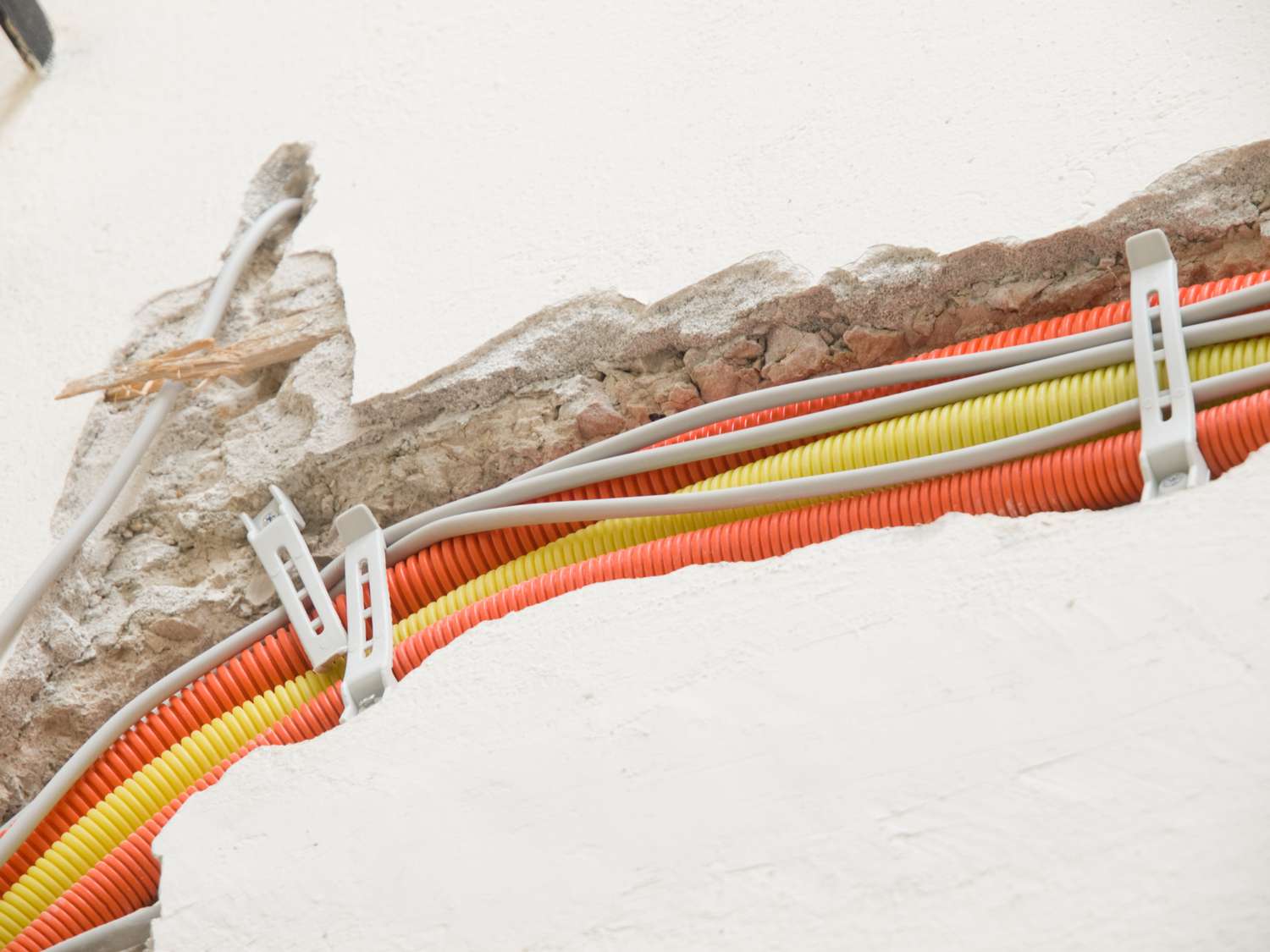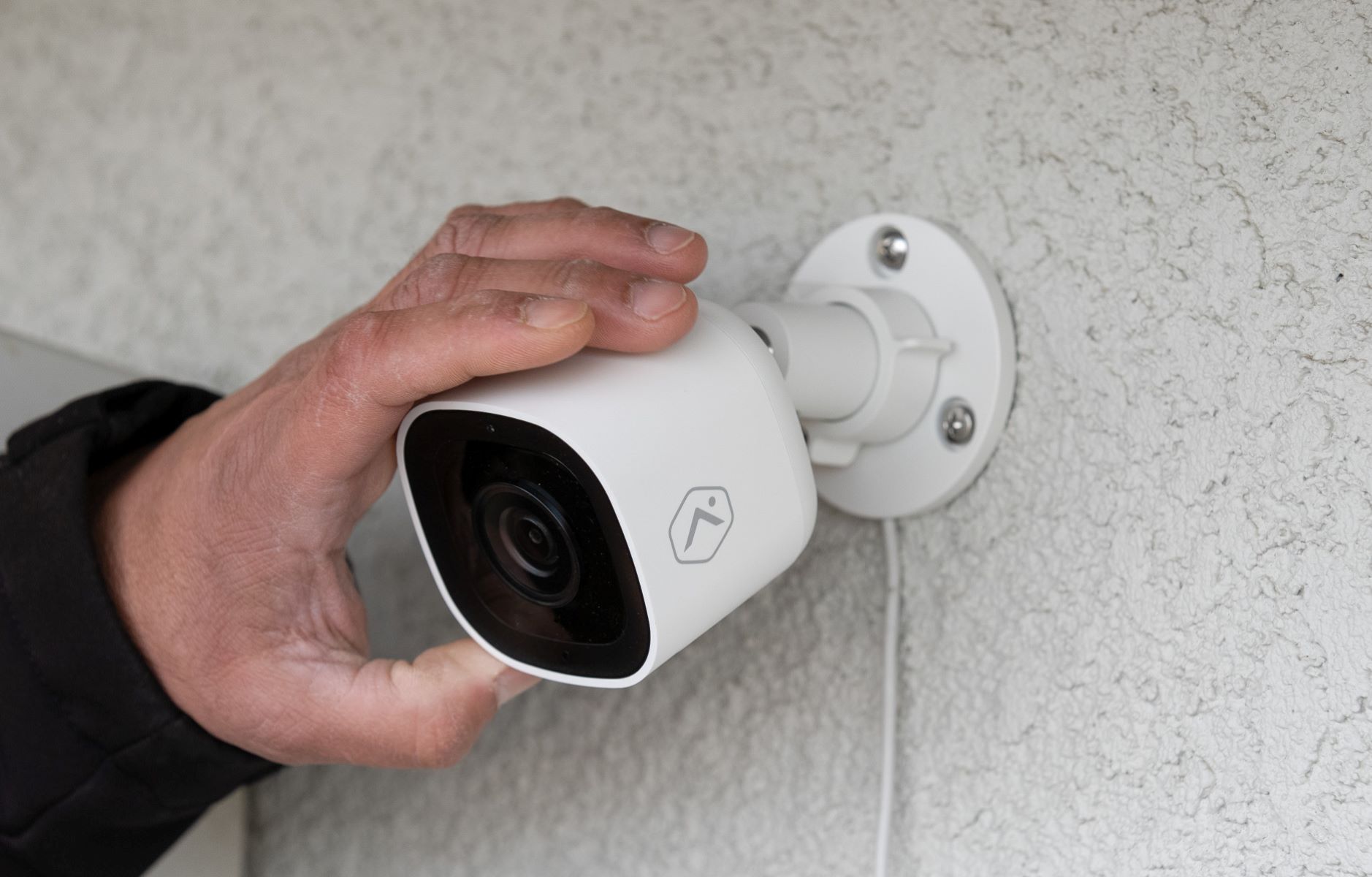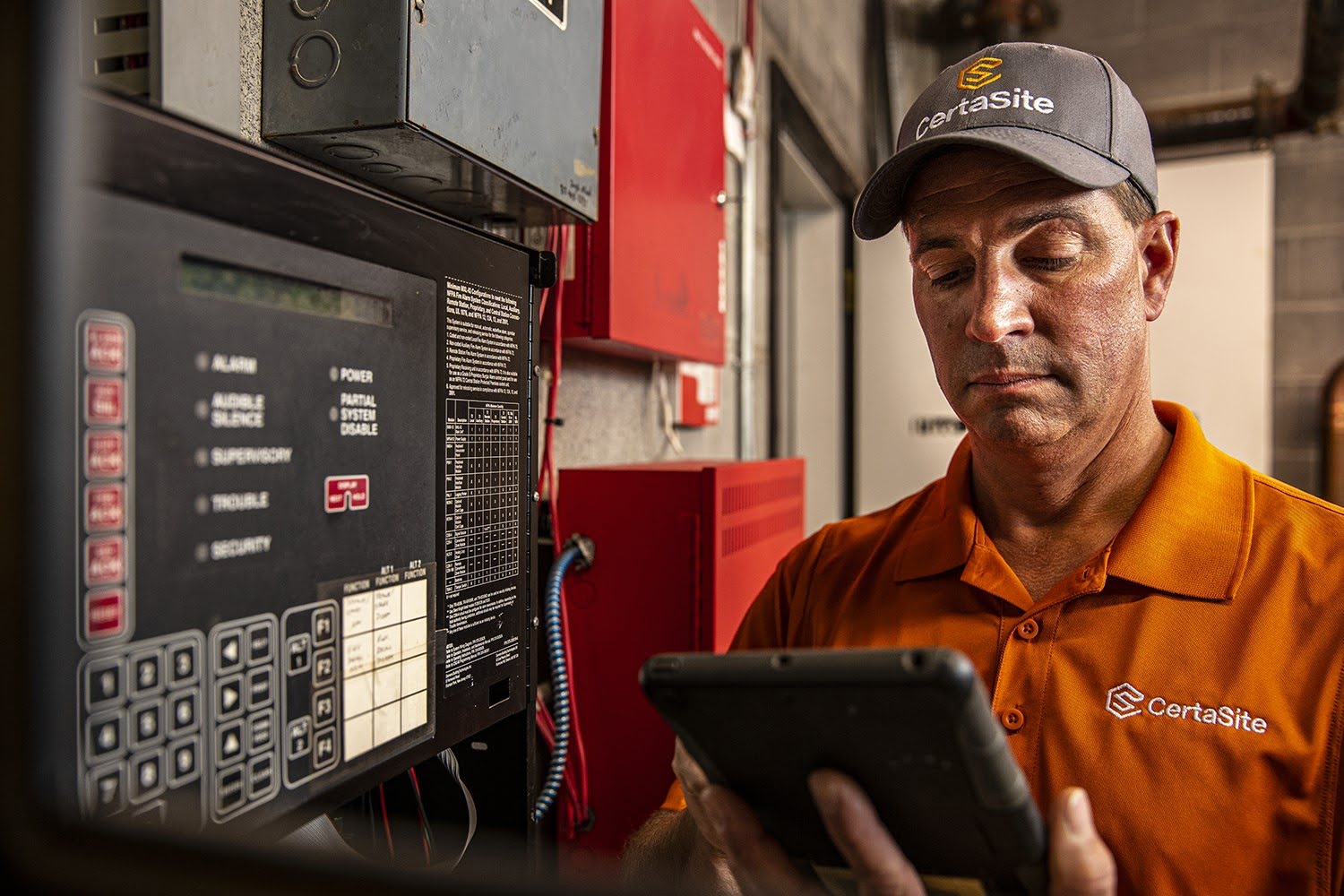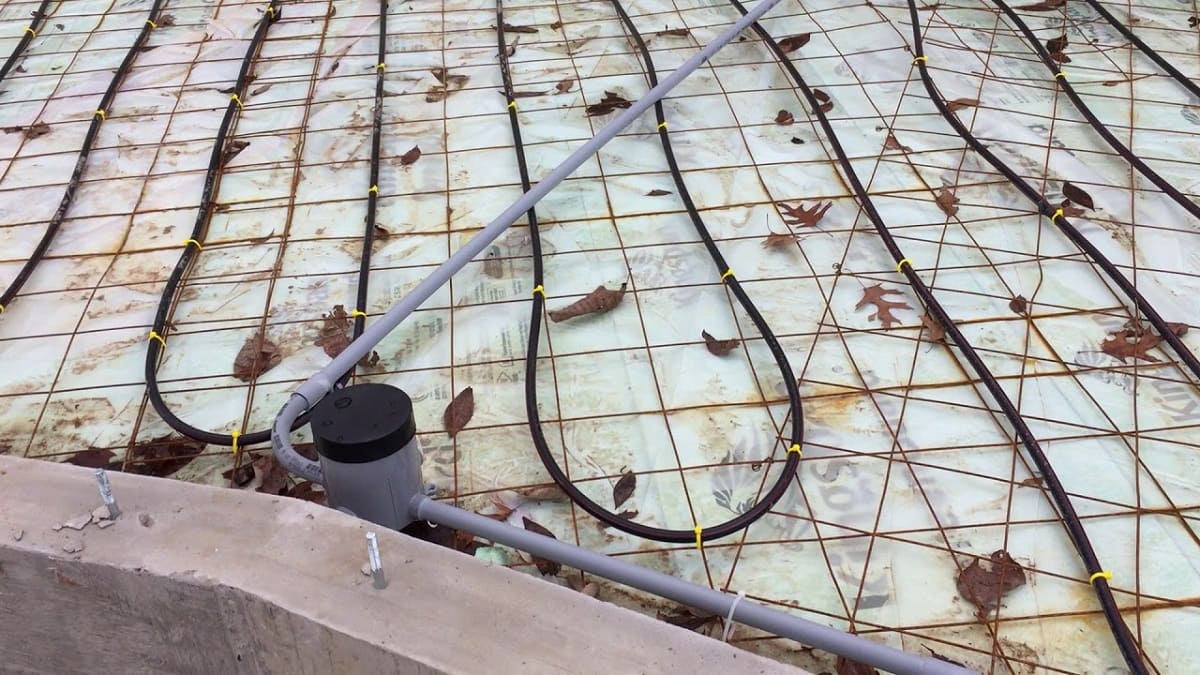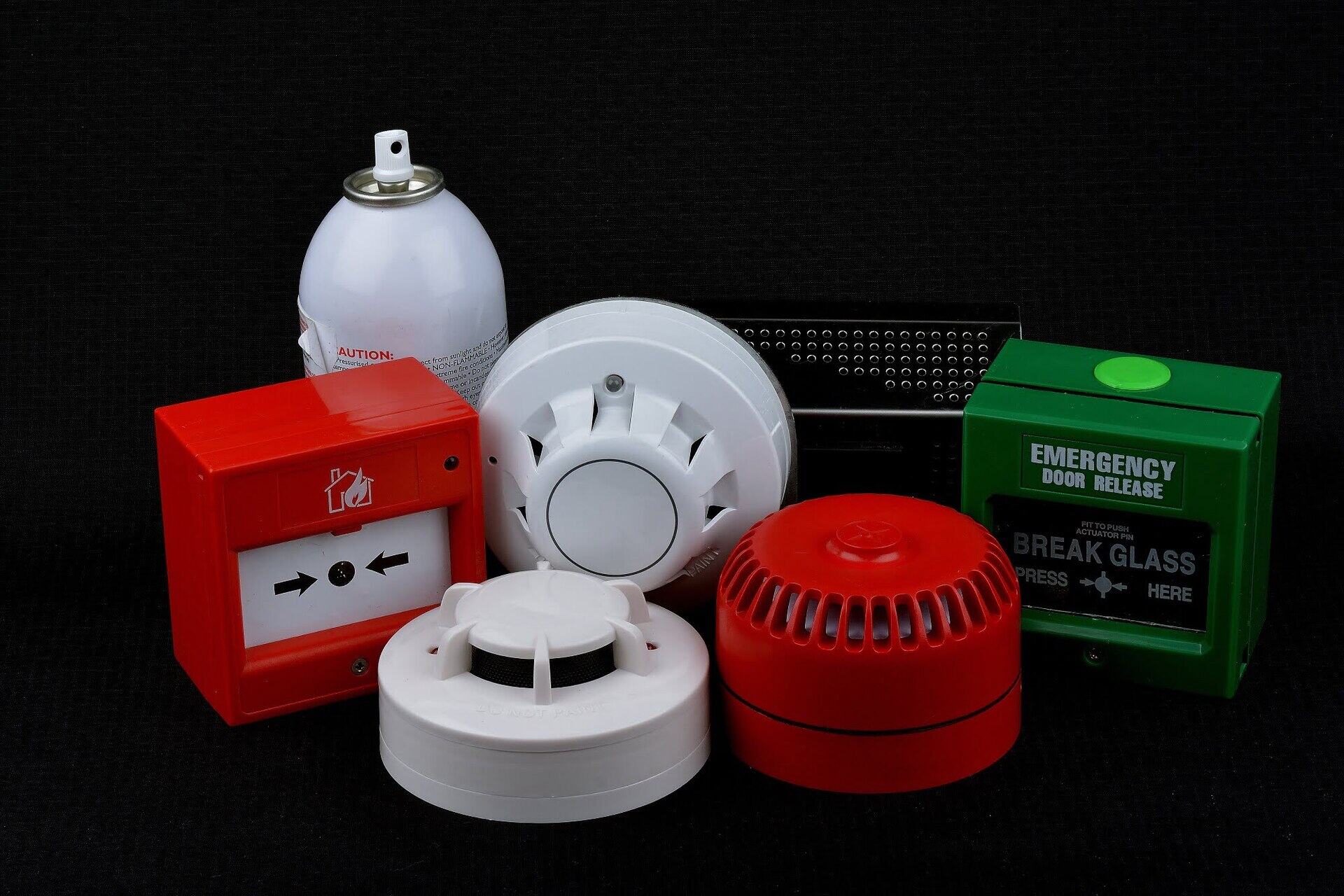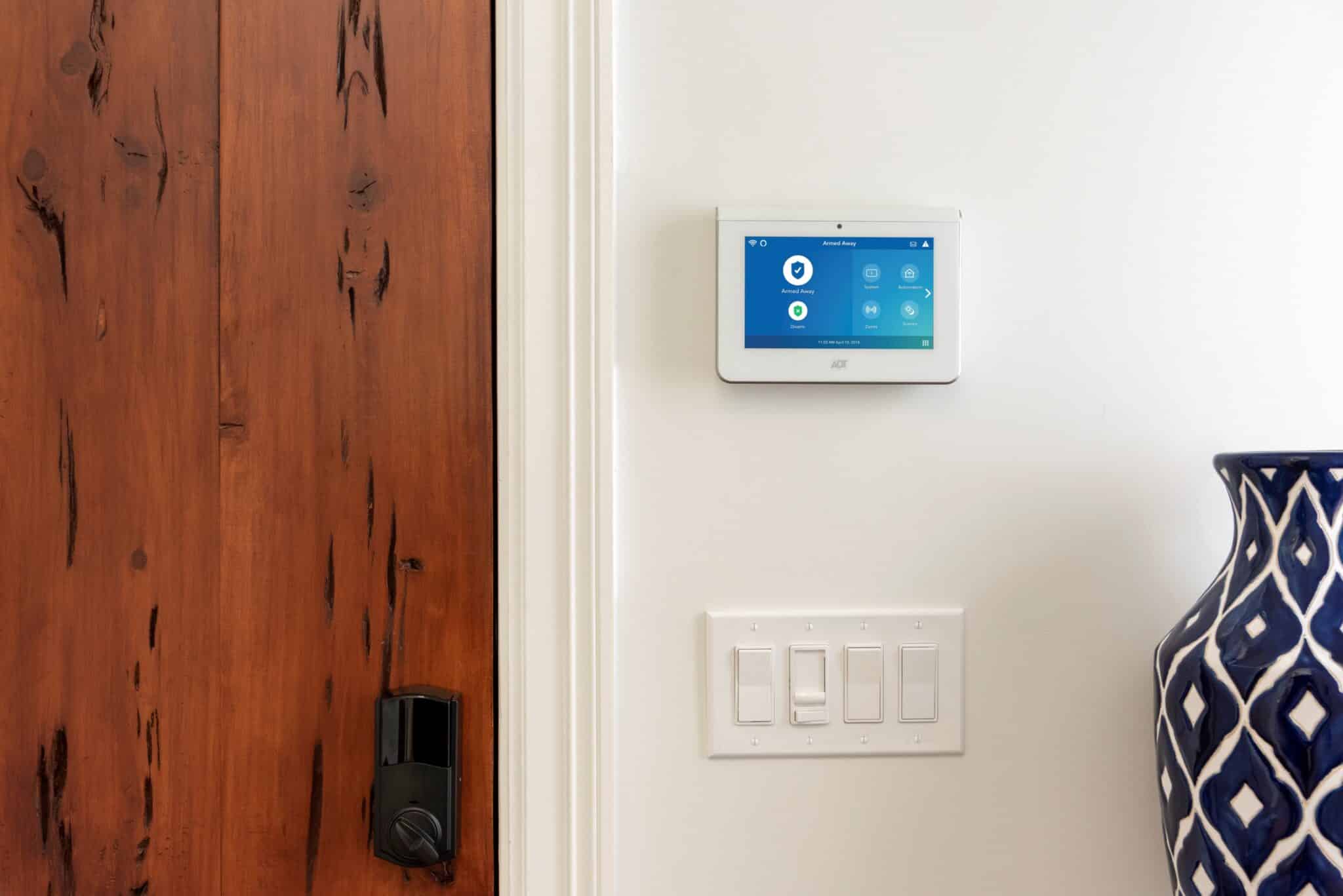Home>Home Security and Surveillance>How To Install An Auto Alarm Systems
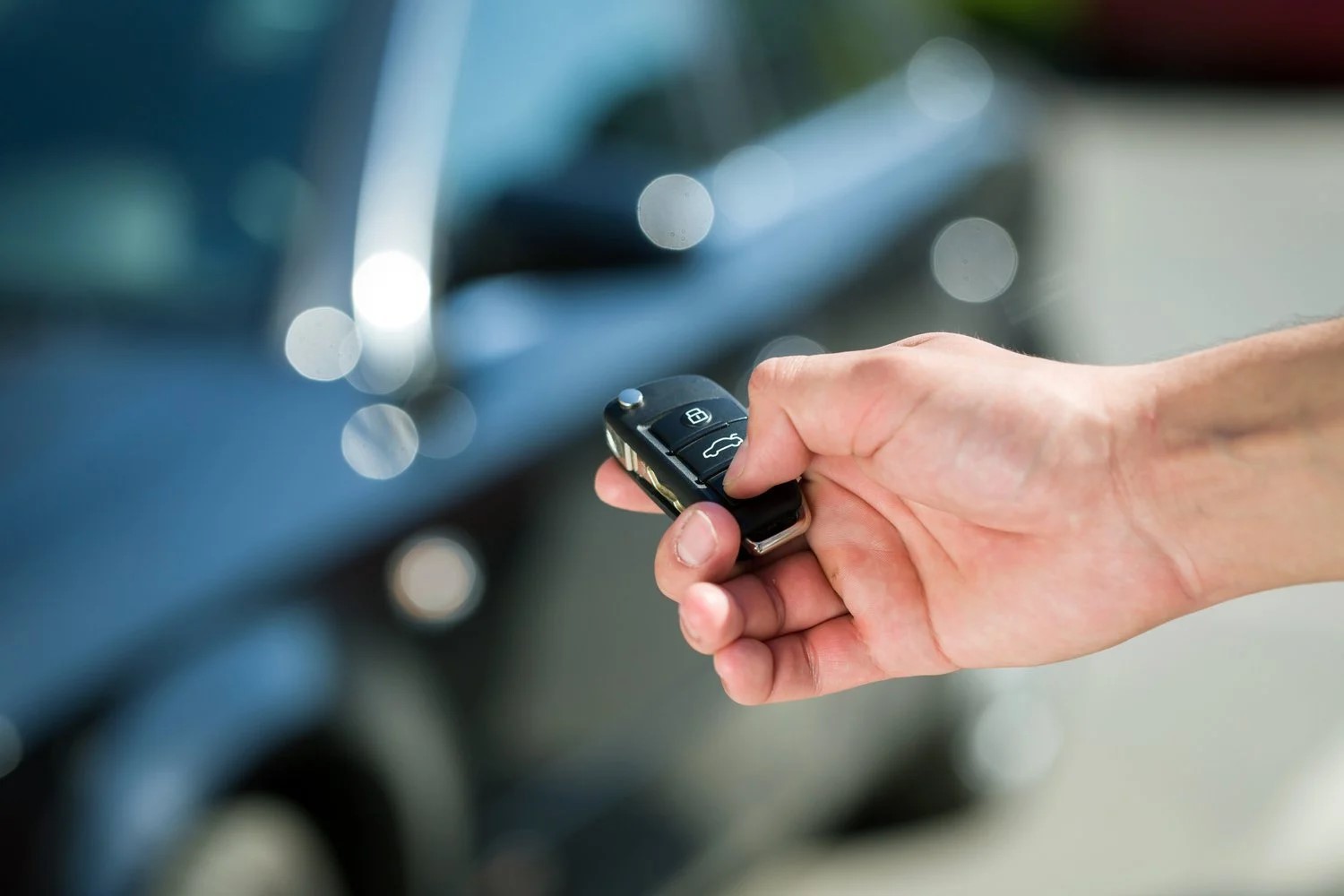

Home Security and Surveillance
How To Install An Auto Alarm Systems
Modified: March 6, 2024
Looking to enhance your home security and surveillance? Learn how to install auto alarm systems with our step-by-step guide and protect your property effectively.
(Many of the links in this article redirect to a specific reviewed product. Your purchase of these products through affiliate links helps to generate commission for Storables.com, at no extra cost. Learn more)
Introduction
Welcome to our comprehensive guide on how to install an auto alarm system. Home security and surveillance have become a top priority for homeowners, and with the increasing advancements in technology, protecting our vehicles has become equally important. Auto alarm systems are designed to deter theft and provide peace of mind knowing that your vehicle is safeguarded.
In this article, we will walk you through the step-by-step process of installing an auto alarm system. We will cover everything from gathering the necessary tools and equipment to finalizing the installation. By following this guide, you can ensure that your vehicle is well-protected against theft and unauthorized access.
Before we dive into the installation process, let’s briefly discuss the importance of installing an auto alarm system. Car theft rates continue to rise, and it’s crucial to take preventive measures to safeguard your valuable investment.
An auto alarm system acts as a deterrent by sounding an alarm and alerting you and others nearby of any unauthorized activity or attempts to break into your vehicle. Additionally, some advanced systems offer features like real-time notifications on your smartphone and GPS tracking, allowing you to keep tabs on your vehicle’s whereabouts at all times.
Installing an auto alarm system not only helps protect your vehicle but also provides you with peace of mind. You can rest easy knowing that your car is equipped with the latest security features and that potential thieves will think twice before targeting your vehicle.
Now that we understand the importance of an auto alarm system, let’s move on to the first step: gathering the necessary tools and equipment.
Key Takeaways:
- Protect Your Vehicle
Installing an auto alarm system is a proactive step to safeguard your vehicle from theft and unauthorized access. Follow the guide to ensure a smooth and successful installation, providing peace of mind and an extra layer of security. - Ensure Proper Functionality
Thoroughly test and maintain your auto alarm system to ensure ongoing reliability. Stay updated with the latest technology and security advancements to keep your vehicle well-protected in an ever-evolving landscape of threats.
Read more: How To Hook Up Original Auto Burglar Alarm
Step 1: Gathering the Necessary Tools and Equipment
Before you begin the installation process, it’s essential to have all the necessary tools and equipment at hand. This not only ensures a smooth installation but also eliminates the need for last-minute trips to the hardware store.
Here’s a list of tools and equipment you’ll need:
- Auto alarm system kit: Purchase a high-quality alarm system kit from a reputable supplier. Make sure it includes all the necessary components like sensors, control unit, wiring, and remote key fobs.
- Wire strippers and crimping tool: These tools are necessary for cutting wires to the appropriate length and securely connecting them.
- Electrical tape: Use electrical tape to insulate and protect the exposed wires.
- Zip ties and mounting hardware: These will help secure the wiring and components in place.
- Screwdriver set: A variety of different-sized screwdrivers will be needed for removing panels and accessing the wiring in your vehicle.
- Drill and drill bits: Depending on the placement of the alarm system, you may need a drill to create holes for mounting the sensors and control unit.
- Test light or multimeter: These tools will help you test the voltage and ensure the wiring connections are correct.
- Owner’s manual and wiring diagram: Refer to the owner’s manual and wiring diagram provided with your auto alarm system kit for specific instructions and guidance.
Once you have gathered all the necessary tools and equipment, you are ready to move on to the next step: locating the ideal placement for the alarm system.
Step 2: Locating the Ideal Placement for the Alarm System
The next step in the installation process is determining the optimal placement for the alarm system components in your vehicle. This step is crucial as it ensures the effectiveness and functionality of the system.
Here are some key considerations when selecting the placement:
- Control Unit: The control unit is the brain of the alarm system and should be placed in a secure and easily accessible location. Look for a spot that is hidden from view and protected from extreme temperatures, moisture, and vibrations.
- Shock Sensor: The shock sensor detects vibrations and impacts. It should be mounted in a location where it can detect any tampering or attempts to break into the vehicle. Common placement areas include the door panels, trunk, or engine compartment.
- Motion Sensors: Motion sensors detect movement within the vehicle. They are typically placed in the interior near the entry points such as the driver’s side door or the rear window. Ensure that the sensors have a clear line of sight and cover the entire cabin area.
- Door Sensors: Door sensors are responsible for detecting any unauthorized entry through the doors. They should be installed on each door, including the trunk and hood. Position them in a way that they are easily triggered when the doors are opened.
- Siren: The siren produces a loud sound to alert you and others nearby of any unauthorized access. It should be installed in a location where the sound can be heard clearly, such as under the hood or in the wheel well.
Keep in mind that the specific placement of the components may vary depending on your vehicle make and model. It’s always a good idea to consult the owner’s manual or seek professional advice if you are unsure.
Once you have determined the optimal placement for each component, you can proceed to the next step: preparing the vehicle for installation.
Step 3: Preparing the Vehicle for Installation
Before installing the auto alarm system, it’s important to prepare the vehicle to ensure a seamless installation process. This step involves a few key tasks that will help make the installation easier and more efficient.
Here are the essential steps to prepare your vehicle:
- Gather information: Review the owner’s manual and wiring diagram provided with your auto alarm system kit. Familiarize yourself with the specific wiring connections and placement of the components for your vehicle make and model.
- Disconnect the battery: To prevent any electrical mishaps or short circuits, it’s crucial to disconnect the negative terminal of the vehicle’s battery. This will ensure that you are working in a safe environment and avoid any damage to the electrical system.
- Remove interior panels: In order to access the wiring and mounting areas, you may need to remove some interior panels. Use a suitable screwdriver or panel removal tool to carefully remove the panels without causing any damage.
- Locate access points: Identify access points in your vehicle where you can pass wires through without interfering with the functionality of the vehicle. These can include existing wiring harnesses, rubber grommets, or pre-made wire channels.
- Plan the wiring route: Decide on the best wiring route that connects all the components together. Ensure that the wiring is hidden and secured to prevent any damage or interference with other vehicle systems.
By following these steps, you will create a solid foundation for the installation process. Taking the time to properly prepare your vehicle will result in a cleaner and more professional installation of the auto alarm system.
Once you have completed the preparation steps, you are ready to move on to the next step: connecting the power source.
Step 4: Connecting the Power Source
Now that you have prepared the vehicle, it’s time to connect the power source for the auto alarm system. This step involves establishing a reliable power connection that will ensure the system functions correctly.
Here’s how you can connect the power source:
- Identify the power source: Determine the power source for the alarm system. Usually, the control unit requires a constant power supply, while the sensors and other components will need power only when the system is armed or activated.
- Locate the appropriate wires: Consult the wiring diagram and identify the wires that provide the necessary power. Commonly, the ignition wires, constant power wires, or accessory wires in the vehicle’s fuse box are used for this purpose.
- Connect the wires: Use the wire strippers to strip a small portion of the insulation from the end of the wires. Connect the alarm system’s power wires to the corresponding vehicle wires using crimp connectors or soldering. Ensure a secure connection and use electrical tape to insulate the exposed wires.
- Grounding the system: A proper ground connection is crucial for the operation of the alarm system. Locate a solid metal surface near the control unit or as specified in the manufacturer’s instructions. Clean the surface to ensure a good connection and use a screw or nut to securely attach the ground wire from the system to the surface.
Once you have connected the power source, it’s important to test the system to ensure it is functioning correctly. Activate the system by arming it, and check if all the components are working as intended. If you encounter any issues, double-check your connections and consult the wiring diagram.
With the power source properly connected, you can now move on to the next step: installing the alarm control unit.
Read also: 13 Best Auto Wire Conduit for 2025
Step 5: Installing the Alarm Control Unit
Installing the alarm control unit is a crucial step in the installation process. The control unit is the central hub that manages and controls the entire auto alarm system. It is responsible for receiving signals from the sensors and triggering the alarm when unauthorized access is detected.
Follow these steps to install the alarm control unit:
- Select a suitable location: Choose a secure and hidden location to mount the control unit. It should be easily accessible for wiring connections and adjustments but not easily spotted by potential thieves. Common locations include under the dashboard or inside the center console.
- Prepare the mounting surface: Use a cleaning agent to ensure the mounting surface is free from dust, dirt, and grease. This will ensure a strong and secure attachment for the control unit.
- Secure the control unit: Depending on the design of the control unit, use screws or mounting brackets to securely fasten it to the mounting surface. Ensure that it is fixed in place and won’t shift or move while driving.
- Make wiring connections: Refer to the wiring diagram provided with your alarm system kit to correctly connect the control unit’s wires. Follow the color coding or wire labels to ensure proper connections. Use wire connectors or soldering to establish secure connections.
- Double-check the connections: Once the wiring connections are made, ensure that all the connections are secure and properly insulated. Use electrical tape to cover any exposed wires and prevent any short circuits or interference.
After installing the control unit, it’s important to test the system to verify its functionality. Arm the system and check if the control unit receives signals from the sensors and activates the alarm as intended. If everything is working correctly, you can proceed to the next step: wiring the sensors and other components.
Note: It’s crucial to follow the manufacturer’s instructions and guidelines for installing the specific control unit you are using. The steps provided are general guidelines, but your specific alarm system may have unique installation requirements.
When installing an auto alarm system, always refer to the manufacturer’s instructions and wiring diagrams to ensure proper installation and avoid damaging the vehicle’s electrical system.
Step 6: Wiring the Sensors and Other Components
Wiring the sensors and other components is a critical step in the installation process of your auto alarm system. This step involves connecting the various sensors, such as the shock sensor and motion sensors, to the control unit, ensuring they communicate effectively to detect any unauthorized activity or entry.
Follow these steps to properly wire the sensors and other components:
- Refer to the wiring diagram: Consult the wiring diagram provided with your alarm system kit to identify the correct wires for each sensor and component. Take note of the color coding or labeling to make the proper connections.
- Prepare the wires: Use wire strippers to remove a small portion of the insulation from the ends of the wires. This will allow you to create secure connections with the sensors and control unit.
- Connect the wires: Follow the wiring diagram to connect the corresponding wires from the sensors to the control unit. Ensure that the connections are secure and use crimp connectors or soldering to establish a reliable connection.
- Test the connections: Once the connections are made, test the system by activating it and triggering each sensor. Verify that the control unit properly receives signals from the sensors and activates the alarm as intended.
- Secure the wiring: Once the connections are tested and confirmed, it’s essential to secure the wiring. Use zip ties or mounting hardware to properly secure and route the wires, ensuring they are hidden and protected from potential damage.
It’s crucial to follow the instructions provided with your alarm system kit and the specific guidelines for your vehicle model. The wiring connections may vary depending on the brand and model, so it’s important to refer to the appropriate documentation.
After completing the wiring of the sensors and components, you are now ready to move on to the next step: testing and troubleshooting the system.
Step 7: Testing and Troubleshooting the System
Testing and troubleshooting the auto alarm system is a crucial step to ensure its proper functionality and effectiveness. This step involves verifying that all the components are working correctly and addressing any issues or malfunctions that may arise during the testing process.
Follow these steps to test and troubleshoot your auto alarm system:
- Activate the system: Arm the alarm system and trigger each sensor to test its functionality. This can be done by simulating an intrusion or tampering attempt, such as opening the door or tapping the vehicle.
- Verify sensor response: Verify that the control unit receives signals from the sensors and activates the alarm as intended. Check that the siren sounds, lights flash, and any additional features like smartphone notifications or GPS tracking are working properly.
- Address issues or malfunctions: If any components or features of the alarm system are not functioning correctly, double-check the wiring connections and ensure they are secure and properly insulated. Review the troubleshooting section of the manufacturer’s instructions to identify and resolve any common issues.
- Consult professional assistance if needed: If you are unable to resolve any issues or if you encounter significant difficulties during the testing process, it is recommended to seek professional assistance. Automotive technicians or alarm system specialists can provide expert guidance and assistance to ensure proper installation and troubleshooting.
It’s important to thoroughly test the system to ensure it functions reliably and provides the desired level of security for your vehicle. Regular testing and maintenance of the alarm system will help ensure its long-term effectiveness and provide you with peace of mind.
Once you have successfully tested and addressed any issues with your auto alarm system, you can proceed to the next step: securing and concealing the wiring.
Step 8: Securing and Concealing the Wiring
Securing and concealing the wiring of your auto alarm system is an important step to ensure a clean and professional installation. Properly securing and hiding the wires not only adds to the aesthetics of the system but also protects them from potential damage and tampering.
Follow these steps to secure and conceal the wiring:
- Use zip ties or mounting hardware: Secure the wiring using zip ties or mounting hardware at regular intervals. This helps keep the wires organized and prevents them from moving or getting tangled up. Make sure not to overtighten the zip ties, as this could potentially damage the wires.
By properly securing and concealing the wiring, you not only enhance the overall appearance of the installation but also minimize the risk of accidental damage or interference with the vehicle’s electrical system.
Once you have successfully secured and hidden the wiring, you can move on to the final step: finalizing the installation.
Read more: How Tampering Looks On Alarm Systems
Step 9: Finalizing the Installation
Congratulations on reaching the final step of installing your auto alarm system. The previous steps have brought you closer to ensuring the security and protection of your vehicle. Now, it’s time to complete the installation process and make any necessary final adjustments.
Follow these steps to finalize the installation:
- Secure and test all components: Double-check that all components, including the sensors, control unit, and siren, are securely mounted and functioning correctly. Test the system once more to verify that everything is in proper working order.
- Reinstall interior panels: If you removed any interior panels during the installation process, carefully reattach them, ensuring they are properly aligned and secure. Take your time to avoid any damage to the panels or the surrounding areas.
- Clean up and organize: Take a moment to clean up any debris or tools from the installation process. Dispose of any packaging materials or unused wiring properly. Organize your tools and ensure everything is in its rightful place.
- Inspect the installation: Step back and inspect the overall installation. Check that the wiring is neatly organized and properly concealed, ensuring a clean and professional appearance. Verify that there are no loose components or visible signs of the installation.
- Review the user manual: Familiarize yourself with the user manual for the auto alarm system. Take the time to understand the functionalities, settings, and any additional features the system offers. This will help you make the most of the system and customize it to your needs.
- Secure your vehicle: Once the installation is complete, ensure that your vehicle is securely locked and all windows are closed. Activate the alarm system and test it once more to confirm that it is fully operational. Rest assured, knowing that your vehicle is now equipped with an effective security solution.
By following these final steps, you will have successfully completed the installation of your auto alarm system. Your vehicle is now equipped with an extra layer of protection, providing you with peace of mind and enhancing the overall security of your valuable asset.
Remember to regularly test and maintain your auto alarm system to ensure its ongoing reliability. Stay updated with the latest technology and security advancements to keep your vehicle well-protected in an ever-evolving landscape of threats.
Thank you for following this comprehensive guide. We hope you find your newly installed auto alarm system to be an invaluable addition to your vehicle’s security.
Stay safe and secure!
Conclusion
Installing an auto alarm system is a proactive step towards protecting your vehicle from theft and unauthorized access. In this comprehensive guide, we have covered the step-by-step process of installing an auto alarm system, from gathering the necessary tools to finalizing the installation.
By following the outlined steps, you can ensure a smooth and successful installation of your auto alarm system. From locating the ideal placement for the alarm system components to wiring the sensors and conducting thorough testing, each step plays a critical role in ensuring the system’s functionality and effectiveness.
Proper preparation, attention to detail, and adherence to the manufacturer’s instructions are key to a successful installation. Take the time to secure and conceal the wiring, test and troubleshoot the system, and make any necessary adjustments to finalize the installation process.
With an installed auto alarm system, you can have peace of mind knowing that your vehicle is protected. These systems act as a deterrent to potential thieves and provide real-time alerts when unauthorized activity is detected. This extra layer of security is invaluable in safeguarding your valuable asset.
Remember to regularly test and maintain your auto alarm system to ensure its ongoing functionality. Stay updated with the latest advancements in technology and security features to keep your vehicle well-protected against ever-evolving threats.
Thank you for following this installation guide. We hope it has provided you with the knowledge and confidence to install an auto alarm system successfully. Stay vigilant, stay secure!
Frequently Asked Questions about How To Install An Auto Alarm Systems
Was this page helpful?
At Storables.com, we guarantee accurate and reliable information. Our content, validated by Expert Board Contributors, is crafted following stringent Editorial Policies. We're committed to providing you with well-researched, expert-backed insights for all your informational needs.
